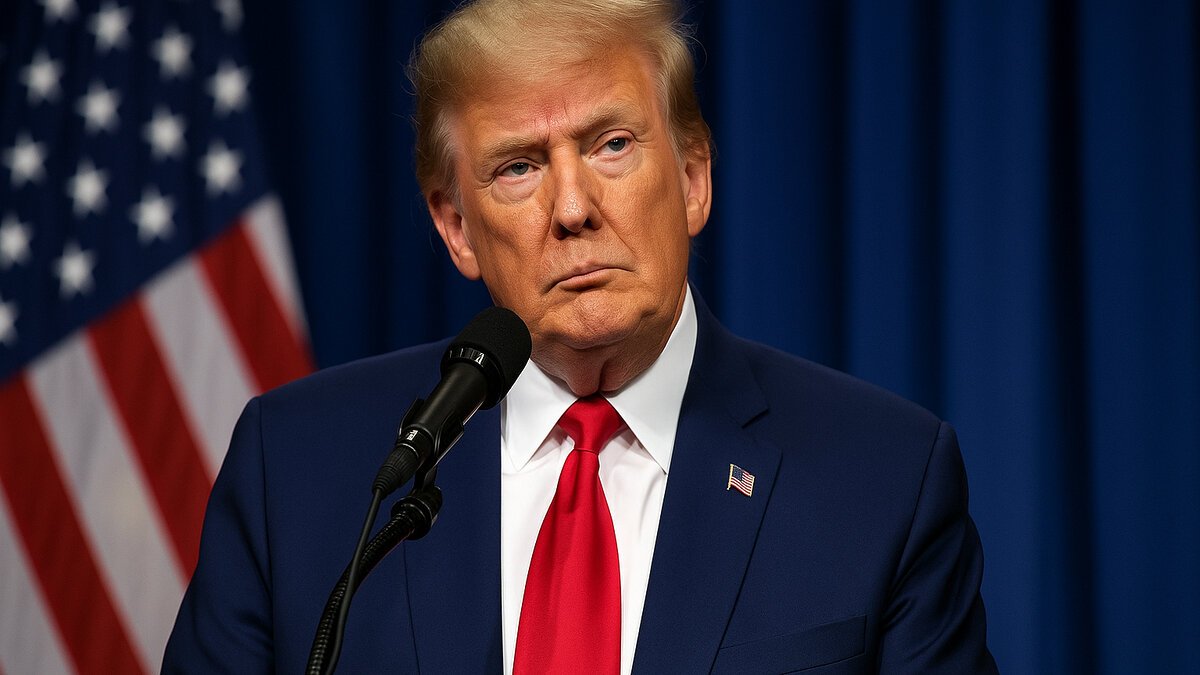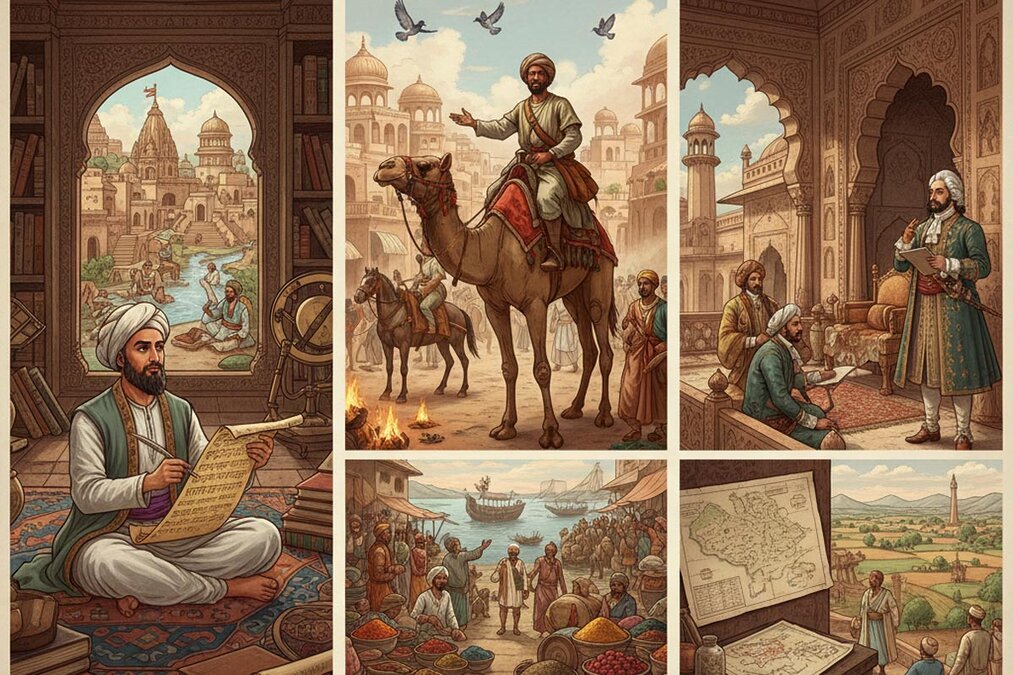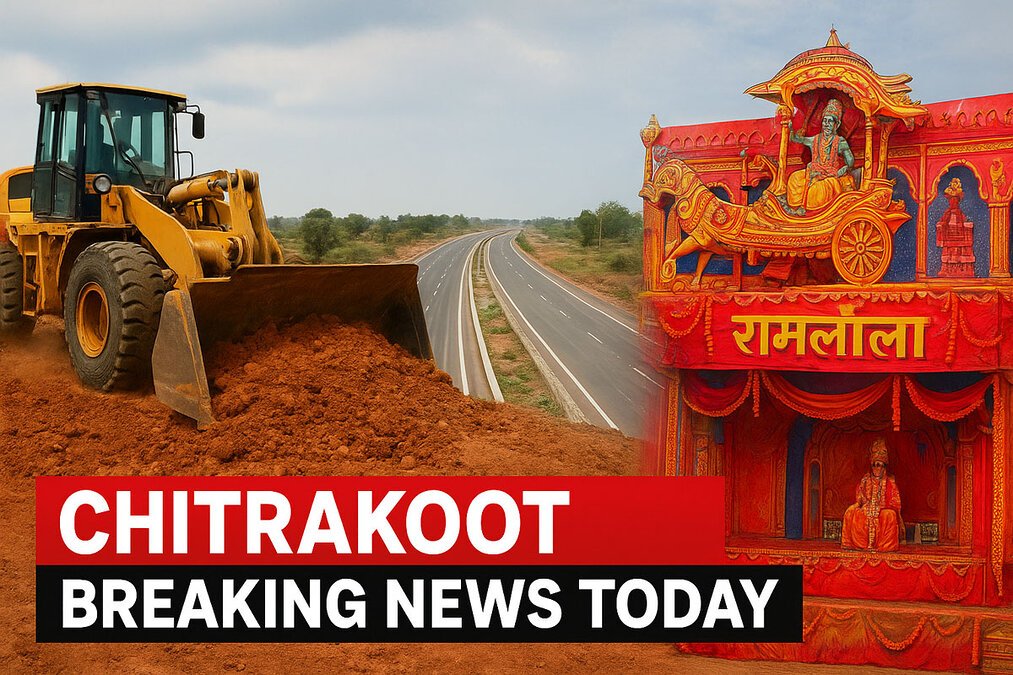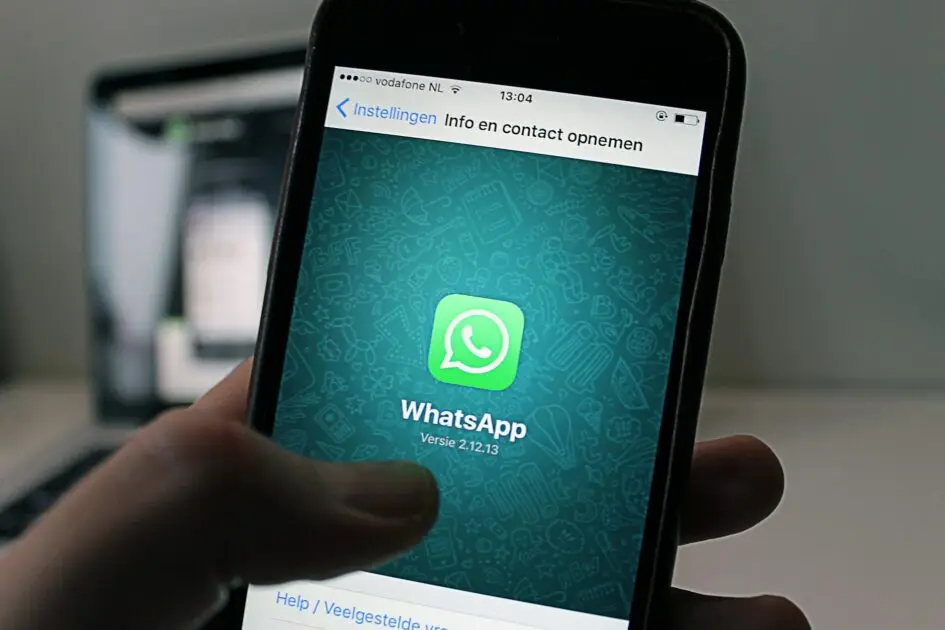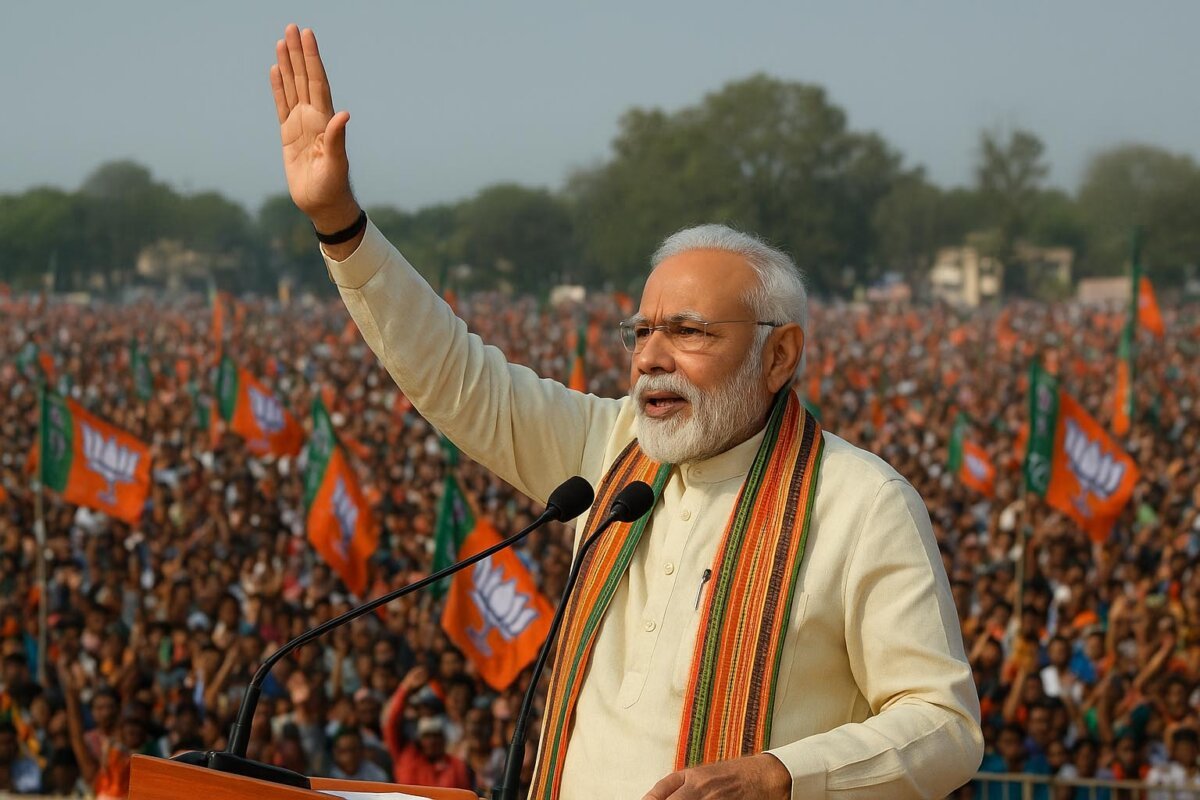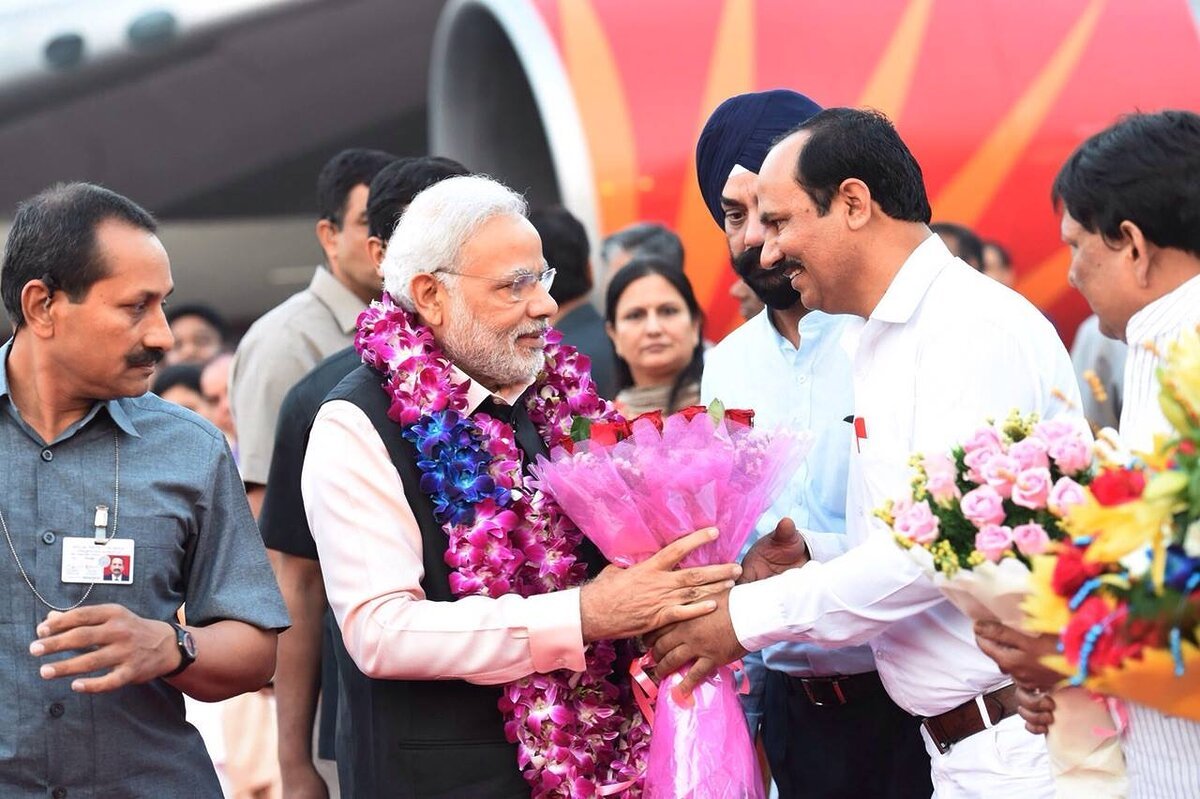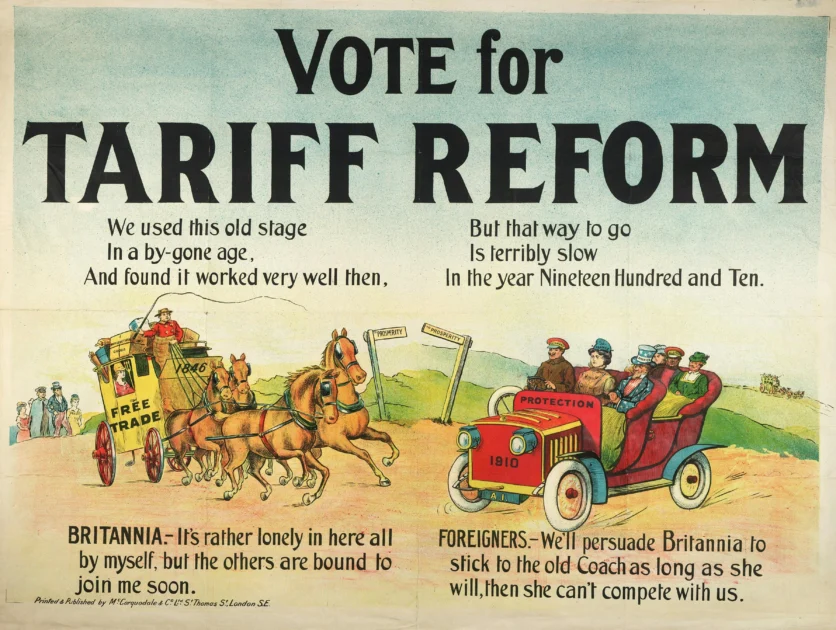Trump 25% Tariff on India has sent shockwaves through global trade as U.S. President Donald Trump announced the duty starting August 1, 2025, along with an additional “penalty” for India’s purchases of Russian oil and defense equipment. The move threatens $87B in Indian exports and could redefine U.S.-India relations.
Trump, who described India as a “friend” but accused it of imposing “the highest tariffs on American products,” posted the announcement on Truth Social, signaling the start of what many see as a new wave of trade friction between the world’s two largest democracies.
“India is a great friend, but their tariffs are too high and their trade barriers too obnoxious. They will now pay a 25% tariff, plus a penalty for the above, starting August first,” Trump wrote, igniting intense debate in Washington, New Delhi, and global markets.
Trump 25% Tariff on India – Why Did Trump Take This Step?
The move is rooted in three key triggers that Trump highlighted in his statement:
- High Tariff Walls: India levies some of the steepest import duties on U.S. products, from farm goods to tech components.
- Non-Monetary Barriers: U.S. businesses have long complained of red tape, licensing issues, and approval delays in India.
- Russia Factor: Trump accused India of buying “a vast majority” of its military hardware and a large share of its energy needs from Russia, undermining U.S. efforts to pressure Moscow over the war in Ukraine.
This combination, Trump argued, left him with “no choice but to level the playing field.”

Impact on India’s $87 Billion Export Market
Experts warn that Trump 25% Tariff on India will disrupt supply chains and increase costs for U.S. importers.
India exported goods worth $87 billion to the U.S. in 2024, ranging from garments and pharmaceuticals to jewelry and petrochemicals. With Trump’s new tariff:
✅ Labor-heavy sectors like textiles and handicrafts could face the heaviest blow.
✅ Small exporters might struggle to compete as U.S. buyers shift sourcing to lower-tariff countries.
✅ Consumers in the U.S. could see higher prices on Indian goods, from generic medicines to fashion products.
The 25% tariff comes on top of Trump’s announcement of an additional “penalty” for Russian oil imports, though the exact percentage for the penalty remains undisclosed.
Political Reactions in India – ‘Trump Has Slapped Us’
Opposition leaders claimed that the Trump 25% Tariff on India is an insult to Indian businesses and a wake-up call for New Delhi.
Indian political parties reacted strongly to the tariff announcement:
- AAP MP Sanjay Singh blasted Trump’s tone, saying he was “mocking and insulting India,” urging Prime Minister Narendra Modi to “take a firm stand and respond.”
- Congress MP Rajiv Shukla called the move “a slap,” warning that Indian businesses would suffer and promising to raise the issue in Parliament.
- BJP MP Ashok Chavan adopted a more cautious tone, saying the Commerce Ministry was “in active dialogue” with Washington and that there was still room for trade diplomacy.
What’s Behind the Tariff Timing?
Analysts believe the tariff isn’t just an economic measure — it’s also political strategy:
- 🏛 Election Optics: Trump is reinforcing his “America First” narrative as he gears up for another election cycle.
- 🌍 Pressure on Allies: The penalty for Russian oil is aimed at pressuring India to align with U.S. sanctions on Moscow.
- 📈 Trade Balance Focus: Trump has repeatedly cited the $45.7 billion U.S. trade deficit with India as proof that “things need to change.”
How Can India Respond?
Diplomats are exploring whether the Trump 25% Tariff on India can be negotiated down or offset through strategic trade talks.
New Delhi faces a tough choice between confrontation and conciliation:
1️⃣ Bilateral Talks: India could push for a diplomatic resolution to soften or delay the tariff impact.
2️⃣ Counter-Tariffs: India may consider retaliatory duties on U.S. exports like Harley-Davidson motorcycles or California almonds.
3️⃣ Diversification: Exporters might pivot toward European, ASEAN, and Middle Eastern markets to offset U.S. losses.
4️⃣ Legal Action: India could raise the issue at the World Trade Organization, though results would take months or years.

What’s at Stake for Both Nations?
✅ For India:
- Export-driven industries like jewelry, pharma, and apparel face disruption.
- Pressure on India’s Make in India program and SMEs that depend on U.S. buyers.
✅ For the U.S.:
- Possible price spikes for U.S. consumers.
- Tensions in a strategic partnership critical for countering China in Asia.
A Trade Rift or a Negotiating Tactic?
In the coming months, the Trump 25% Tariff on India will test the strength of U.S.-India ties and India’s ability to balance trade and diplomacy.
Trump’s announcement of a 25% tariff on Indian goods and a Russian oil penalty marks one of the boldest U.S. trade moves of 2025.
India now stands at a critical crossroads — negotiate, retaliate, or adapt. The coming weeks will reveal whether this tariff is a short-term bargaining chip or the start of a long-term trade war.
AryaLekh (DoFollow) :
- Strong Message for the Enemy: Rs 2,000 Crore Emergency Procurement Will Strengthen India’s Counter-Terrorism Efforts
- Israel–Iran War 2025 : Shocking Causes, Timeline & Global Impact
- Matcha Shortage: World’s Thirst Dries Up Global Supplies
- Avatar Fire and Ash Full Story and History of the Third Avatar Film – 2025
- Divya Deshmukh Creates History: Wins FIDE Women’s Chess World Cup, Becomes India’s 88th Grandmaster
- Chitrakoot Tourism: Best Places – A Complete Guide to the Spiritual & Natural Wonders of the Ramayana Land 2025
- Asia Cup 2025: UAE to Host the Historic T20 Cricket Showdown from September 9 to 28

